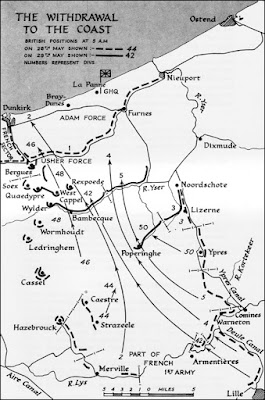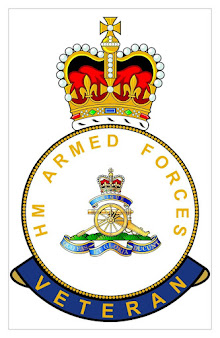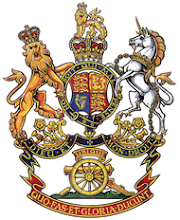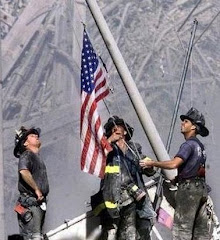On the 26th May 1940 Operation Dynamo, the evacuation of the British Expeditionary Force (BEF) from France, was ordered. The next day the first troops were evacuated from the beaches of Dunkirk. The BEF began to withdraw, fighting back to a perimeter established around Dunkirk. On the perimeter rear guard actions held the German attack allowing over 338,226 men to be evacuated from Dunkirk Harbour and the Beaches to its east.
The Germans began their offensive on the Western Front on 10th May 1940 launching their Blitzkreig against Holland and Belgium. The British Expeditionary Force and elements of the French Army moved to a defensive line along the River Dyle.
Unbeknown to the Allies, German Army Group A, a mainly Panzer formation, were moving through the Ardennes; the heavily wooded and steep hills had been considered impassable by the allies and no attack was expected from that region.
The Panzers were able to cross the Meuse at Sedan and where they broke through the weak German defences, striking towards the French Coast.
The British Expeditionary Force was in danger of being outflanked and began a fighting withdrawal westward towards Lille. The possibility of an evacuation of the BEF was recognised. On the 19th May 1940 Vice Admiral Bertram Ramsey and his Naval Staff in Dover Castle began to make plans and organise ships for a possible evacuation.
Having withdrawn from Belgium, the BEF looked to conduct operations to halt the German advance in conjuction with the French Army to their south. The British launched a counter attack (which included elements from 50th (Northumbrian) Division) in the area of Arras on 21st May, but were unable to stop the German progress.
An expected French counter attack from the south did not materialise and Lord Gort, British Expeditionary Force Commander, on 23rd May ordered the creation of a pocket north of Lille to the Channel Coast to allow the BEF to withdraw towards Dunkirk.
The Germans swept through France cutting the Allies in two. By 24th May 1940 they were investing Boulogne and laying siege to Calais.
The British intent was to establish a defensive perimeter around Dunkirk, defend the corridor north from Lille, to enable withdrawal into perimeter, then evacuate the BEF.
 |
| The Withdrawal from Dunkirk June 1940 © IWM (Art.IWM ART LD 305) |
Unbeknown to the Allies, German Army Group A, a mainly Panzer formation, were moving through the Ardennes; the heavily wooded and steep hills had been considered impassable by the allies and no attack was expected from that region.
 |
| German Panzers advance through the Ardennes |
The British Expeditionary Force was in danger of being outflanked and began a fighting withdrawal westward towards Lille. The possibility of an evacuation of the BEF was recognised. On the 19th May 1940 Vice Admiral Bertram Ramsey and his Naval Staff in Dover Castle began to make plans and organise ships for a possible evacuation.
Having withdrawn from Belgium, the BEF looked to conduct operations to halt the German advance in conjuction with the French Army to their south. The British launched a counter attack (which included elements from 50th (Northumbrian) Division) in the area of Arras on 21st May, but were unable to stop the German progress.
 |
| Arras Counter Attack 1940 |
The Germans swept through France cutting the Allies in two. By 24th May 1940 they were investing Boulogne and laying siege to Calais.
 |
| German Panzers move through France. |
 |
| German Invasion of France 1940 |
Operation Dynamo was ordered on the 26th May 1940. To protect the pocket along which the BEF would withdraw, III Corps established a series of defensive strongpoints on the west side. On the east side of the pocket II Corps provided a defensive line, with I Corps in the middle. As part of the withdrawal the 50th Northumbrian Division, part of II Corps, wheeled around from a defensive line along the Yser Canal to establish a blocking position eastward from Poperinghe.
The plan was to evacuate most of the men form the beaches to the east of Dunkirk, Malo-les-Bains, Bray Dunnes and La Panne. Three routes would be established from the evacuation beaches to Dover.
The first troops were evacuated on the 27th May when 7,669 were loaded on to ships from Dunkirk Harbour. Heavy air raids had set Dunkirk afire and damaged the harbour, compromising the evacuation.
 |
| Dunkirk Air Raids 1940 |
Captain W. G. Tennant, the Senior Naval Officer Dunkirk, looked to use the east mole, a breakwater leading out to sea protecting the harbour, however, it had not been designed for docking ships.
 |
| Dunkirk Harbour |
 |
| Dunkirk East Mole |
 |
| Little Ships ferrying troops to larger vessels |
 |
| Dunkirk Little Ships |
The BEF continued to withdraw towards Dunkirk and the beaches. As they retreated they destroyed their equipment.
 |
| BEF withdrawing to Dunkirk |
 |
| Battle of Dunkirk 1940 |
The Dunkirk Perimeter was established along the Beruges to Furness Canal. The French Army held the east flank and fought bravely to allow the BEF to evacuate. A rear-guard along the perimeter would remain to hold the Germans. A second line along the Dunkirk to Furness Canal would allow a withdrawal into a smaller area as more troops were evacuated.
 |
| Dunkirk Perimeter |
| Dunkirk Perimeter - Beruges - Furness Canal |
 |
| Dunkirk Beaches May 1940 |
To reach the ships lying offshore makeshift piers were constructed. Queues of men would wade out to reach the rescuing ships .
 |
| Dunkirk 1940 Soldiers wading out to rescuing ships |
The Royal Navy would return to Dunkirk that night and evacuate French Troops. By the end of 4th June 1940 338,226 Allied troops had been taken from the harbour and beaches of Dunkirk to England.
*
On the 4th June 1940 Winston Churchill addressed the House of Commons to appraise them of Operation Dynamo.
"We must be very careful not to assign to this deliverance the attributes of a victory. Wars are not won by evacuations. But there was a victory inside this deliverance, which should be noted."
 |
| NVAA Battlefield Tour 2018 Dunkirk |
































